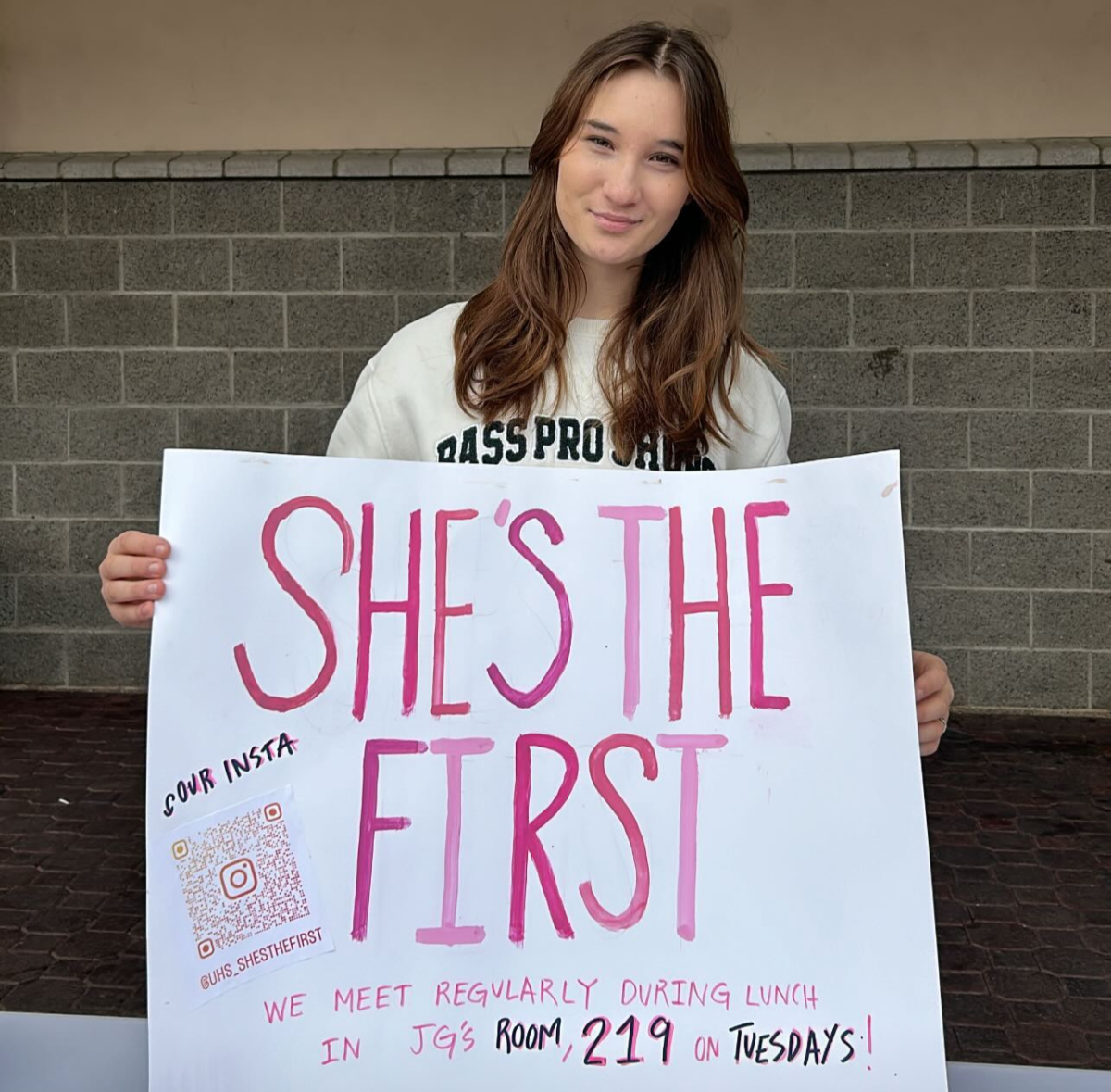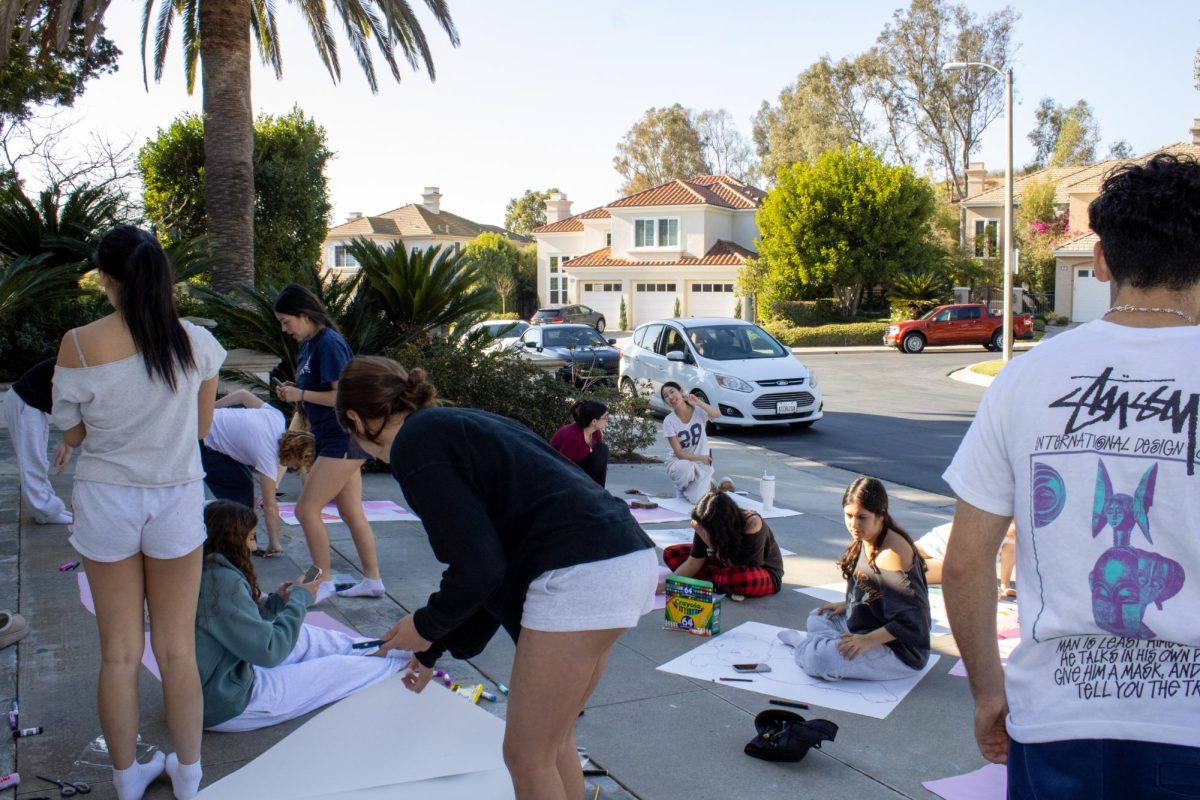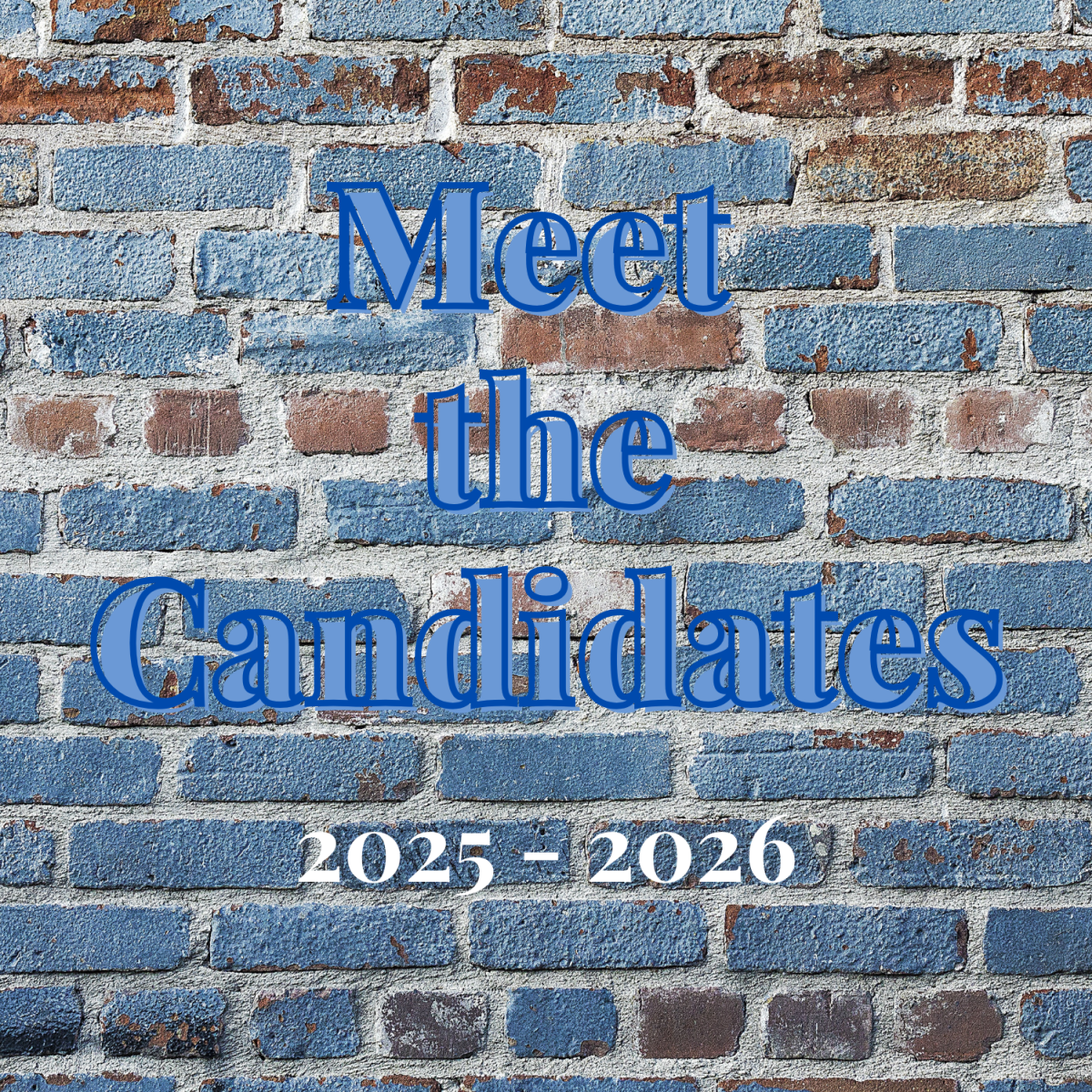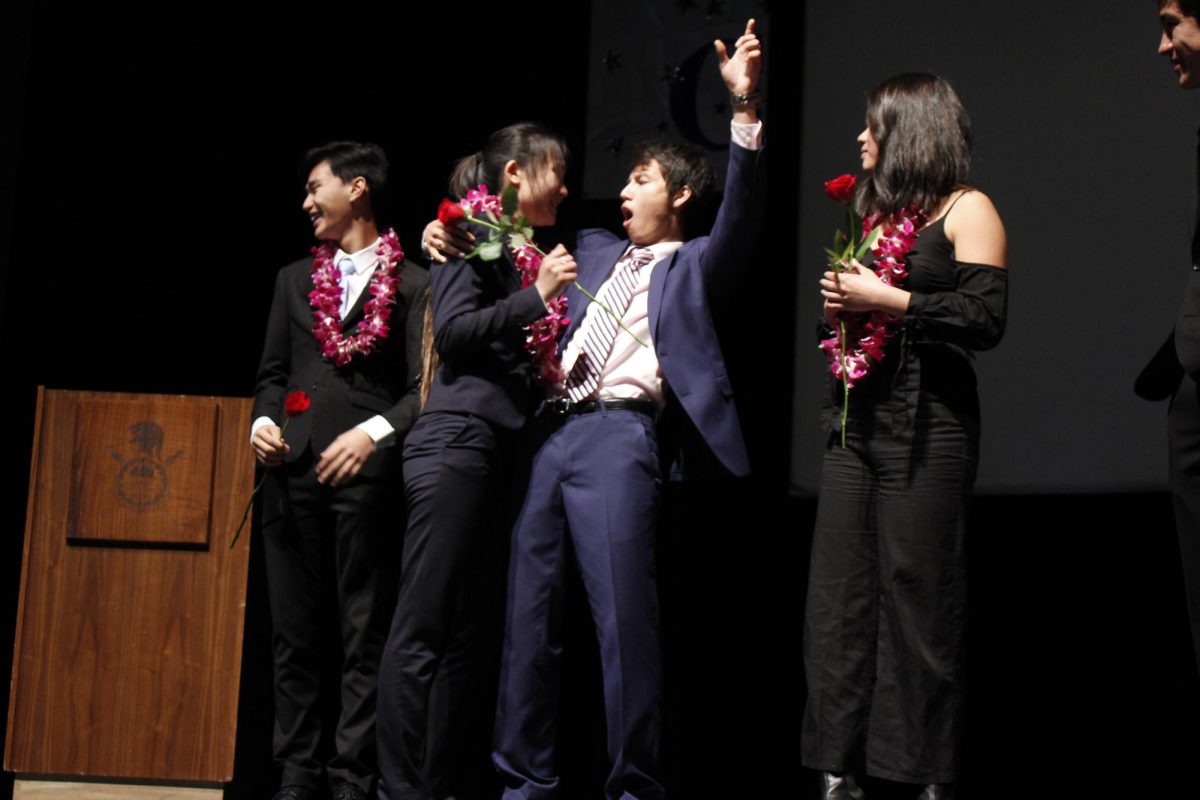
Local thrift store, Goodwill Store & Donation Center, in Costa Mesa, CA. Photo by Baran Ashtiani.
Shoulder bags, low rise jeans, vintage slips, button-up cardigans, baby graphic tees, and the list goes on and on. Ever since 2018, vintage clothes have been making a comeback, and it’s taken the fashion industry through a transformation, especially recently during lockdown when the y2k fashion trends caught quite a bit of attention. First, we indulged in mom jeans and scrunchies, and now we are scouring the Goodwill bins trying to find that one vintage Prada bag. Resellers on different apps such as Depop and Poshmark are popping up more frequently, and having “thrift haul” as your YouTube video title has become the new norm. So how does this sudden popularization of thrifting affect the industry and lower socioeconomic communities who rely on them? The answer to that is one word: gentrification.
Gentrification, in the case of thrifting, describes when an influx of middle to upper middle class customers causes the stores in a lower socioeconomic community to become more middle class friendly.
Since the beginning of the new fashion trends, there has been a large demographic shift in customers at thrift stores.
“I’ve noticed more young Caucasian kids shopping at thrift stores. Normally, it used to just be older people or people of color shopping at thrift stores, but now since it’s a trendy thing to shop at thrift stores we’ve seen a spike in young people,” current Goodwill employee of two years Daisy Zaragoza said.
Secondhand stores, in return, respond by jacking up the prices to match the new demographic’s financial ability, which proves to have negative effects for families who solely rely on thrift stores for their clothing, plates, toys, and other furnishings.
“Back in 2018, I would find pants for only a couple of bucks, and shirts as low as two to three dollars. Recently, not only has it been much harder to find quality clothes but the price range has increased by a couple of dollars,” junior Kiera Nguyen said.
The new shoppers in secondhand stores are taking clothes that are in better condition, making it harder for others to find quality clothing. Finding durable clothes now takes more time and effort, which people in lower socioeconomic classes cannot afford to do, making thrift stores less beneficial for them.
However, the new customer base is not the only factor contributing to the gentrification of these thrift stores. Another factor is reselling apps such as threadUP, Poshmark, and Depop. A trend that has arisen as vintage clothes have become more fashionable is when wealthier shoppers go thrifting solely to find good quality, “trendy” clothing to buy in bulk and resell at a higher price. While this may be beneficial to some extent, as it is a way for people to make a profit while giving people from all over access to trendy and sustainable clothing, when abused it causes thrift store prices to rise even more.
“I have been reselling on Depop for two years now, and I have seen people misuse the term ‘vintage’ to just boost the rate they are selling at and also sell clothes that you can find for like ten dollars at a thrift store at absurd prices,” junior Naomi Angulo said.
Another factor contributing to this situation is the sheer amount of new customers and, to some extent, corporate greed. Thrift stores have a free supply of clothing, as they receive donations from people, so their costs only include paying their employees, transporting goods, and running their locations. However, even with the rising prices in thrift stores, there have not been any new employee benefits.
“Unfortunately, no one has received a raise from thrifting becoming popular. We go by California’s minimum wage, and unless you get promoted then you will receive a higher wage,” Zaragoza said.
Historically, in these kinds of situations, companies and organizations have taken advantage of their new customer base to maximize profits. Even with some non-profit organizations, there is controversy surrounding the way they distribute their revenue.
According to Henry Cordes, a journalist for the Omaha World-Herald, data he collected using the Freedom of Information Act shows that at Goodwill Omaha only one eighth of the job related programs, which Goodwill markets as its primary charity, was paid for by retail sales. Goodwill’s legal standing as a charity also gives them access to grants and tax subsidies which are then not evenly distributed within the organization. Employees are paid minimum wage, and, in cases where workers have disabilities, they are paid as low as a couple of cents or dollars an hour while their top executives take home large sums of money. These types of tendencies within organizations and companies play into the shift in thrift store prices that we are currently experiencing.
“It was just a harmless trend that spiraled out of control. I think we as consumers just have to be more mindful of the situation,” junior Donya Sharafkhanian said.
Looks like Macklemore is going to need more than 20 dollars in his pocket next time he goes looking to “pop some tags” at a thrift store.









